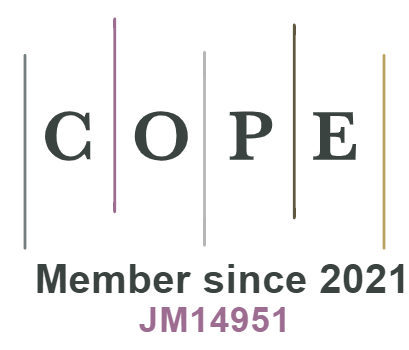Music therapy as an augmentative method in practicing speech‑language pathology
DOI:
https://doi.org/10.18778/2544-7238.01.07Keywords:
speech‑language pathology, music therapy, therapeutic methodsAbstract
The article presents therapeutic actions toward restoring linguistic and communicative competence, and its aim is to show how music therapy enriches the methods of speech‑language rehabilitation. The rise of music therapy and speech‑language pathology as scientific disciplines was gradual and started almost exactly at the same juncture, i.e. at the beginning of the 20th century. The origins of both go back in time to the remote past, and both are characterized by an interdisciplinary nature. The methods of music therapy are in line with the speech‑language therapy scenario:
– eurhythmics, initially supporting education and upbringing, stimulates psychomotor development in a versatile manner,
– speech‑movement therapy supports general and motor development and aids speech capabilities,
– the Good Start method is applied for children with reading and writing difficulties and has a corrective‑compensatory influence,
– mobile music recreation stimulates the development of children suffering from cerebral palsy,
– high‑frequency sounds in the Tomatis method have a therapeutic effect for memory disorders, school‑related difficulties, dyslexia, autism, and emotional disorders,
– singing, which is a traditional method of music therapy, is widely applied in speech therapy for neurological disorders and in the treatment of stammering, as well as in psychosocial rehabilitation.
Downloads
References
Brzozowska‑Kuczkiewicz M., 1991, Emil Jacques Dalcroze i jego rytmika, Warszawa: Wydawnictwa Szkolne i Pedagogiczne.
Google Scholar
Grabias S., 2012a, Teoria zaburzeń mowy. Perspektywy badań, typologia zaburzeń, procedury postępowania logopedycznego, [w:] S. Grabias, M. Kurkowski (red.), Logopedia. Teoria zaburzeń mowy, Lublin: Wydawnictwo Uniwersytetu Marii Curie‑Skłodowskiej, s. 15–68.
Google Scholar
Grabias S., 2012b, O ostrość refleksji naukowej. Przedmiot logopedii i procedury logopedycznego postępowania, [w:] S. Milewski, K. Kaczorowska‑Bray (red.), Logopedia. Wybrane aspekty historii, teorii i praktyki, z cyklu „Logopedia XXI wieku”, Gdańsk: Harmonia Universalis,s. 56–69.
Google Scholar
Habela J., 1980, Słowniczek muzyczny, Kraków: Polskie Wydawnictwo Muzyczne.
Google Scholar
Janiszewski M., 1998, Muzyka w profilaktyce, leczeniu i rehabilitacji, Łódź: Akademia Muzyczna.
Google Scholar
Konieczna‑Nowak L., 2013, Wprowadzenie do muzykoterapii, Kraków: Oficyna Wydawnicza „Impuls”.
Google Scholar
Metera A., 2002, Muzykoterapia – muzyka w medycynie i edukacji, Leszno: Centrum Techniki Nauk „Metronom”.
Google Scholar
Natanson T., 1976, Muzykoterapia jako jedna z funkcji muzyki, niepublikowana rozprawa doktorska, obroniona w Państwowej Wyższej Szkole Muzycznej w Warszawie.
Google Scholar
Natanson T., 1979, Wstęp do nauki muzykoterapii, Wrocław: Zakład Narodowy im. Ossolińskich.
Google Scholar
Natanson T., 1992, Programowanie muzyki terapeutycznej, Wrocław: Akademia Muzyczna.
Google Scholar
Panasiuk J., 2015, Postępowanie logopedyczne w przypadku alalii i niedokształcenia mowy o typie afazji, [w:] S. Grabias, J. Panasiuk, T. Woźniak (red.), Logopedia. Standardy postępowania logopedycznego, Lublin: Wydawnictwo Uniwersytetu Marii Curie‑Skłodowskiej, s. 309–345.
Google Scholar
Downloads
Published
How to Cite
Issue
Section
License

This work is licensed under a Creative Commons Attribution-NonCommercial-NoDerivatives 4.0 International License.












